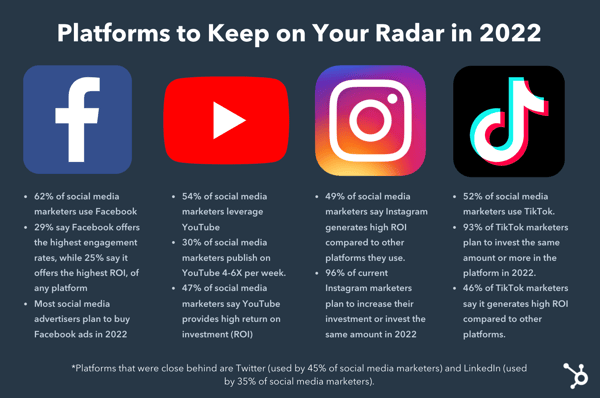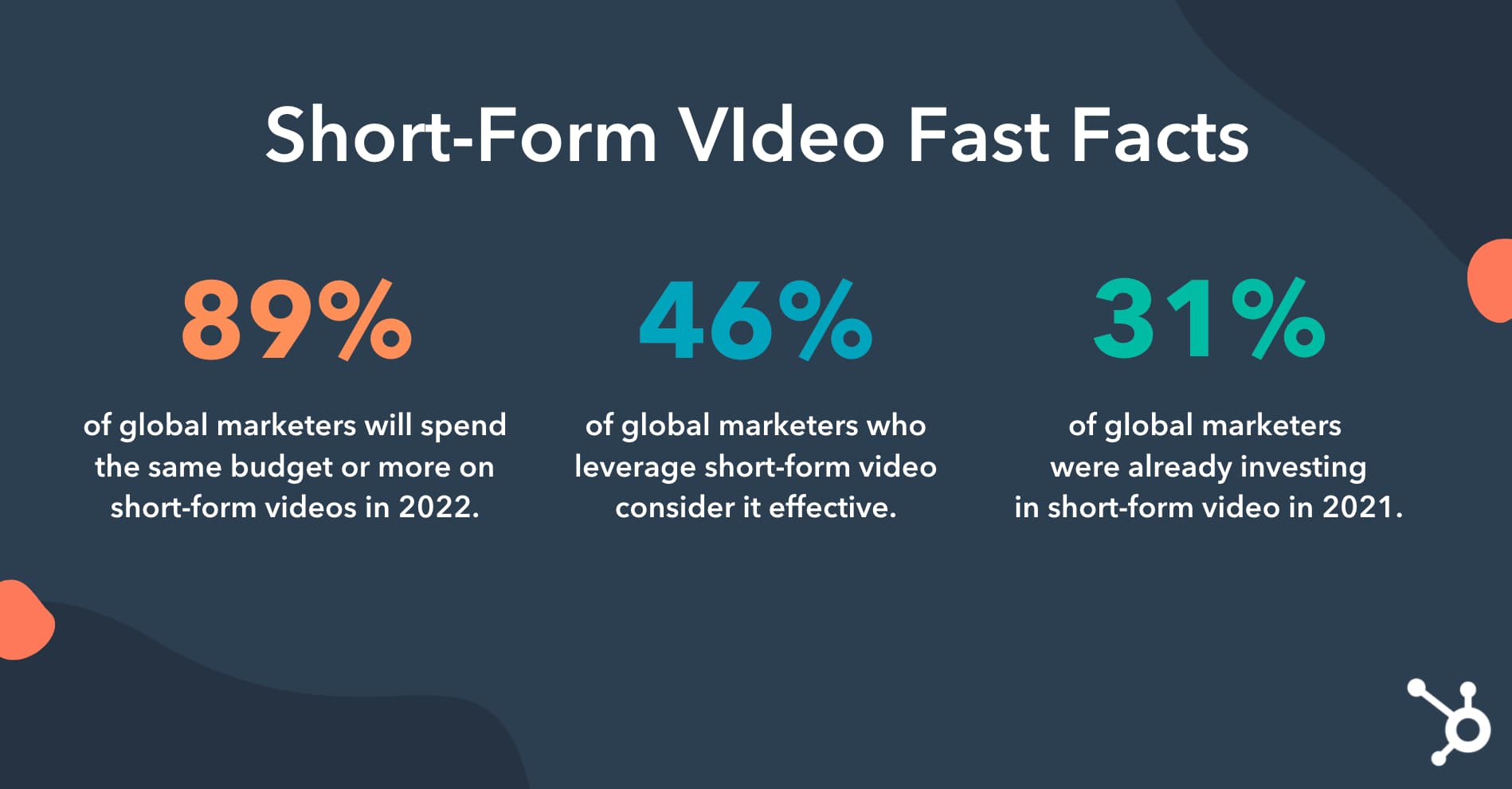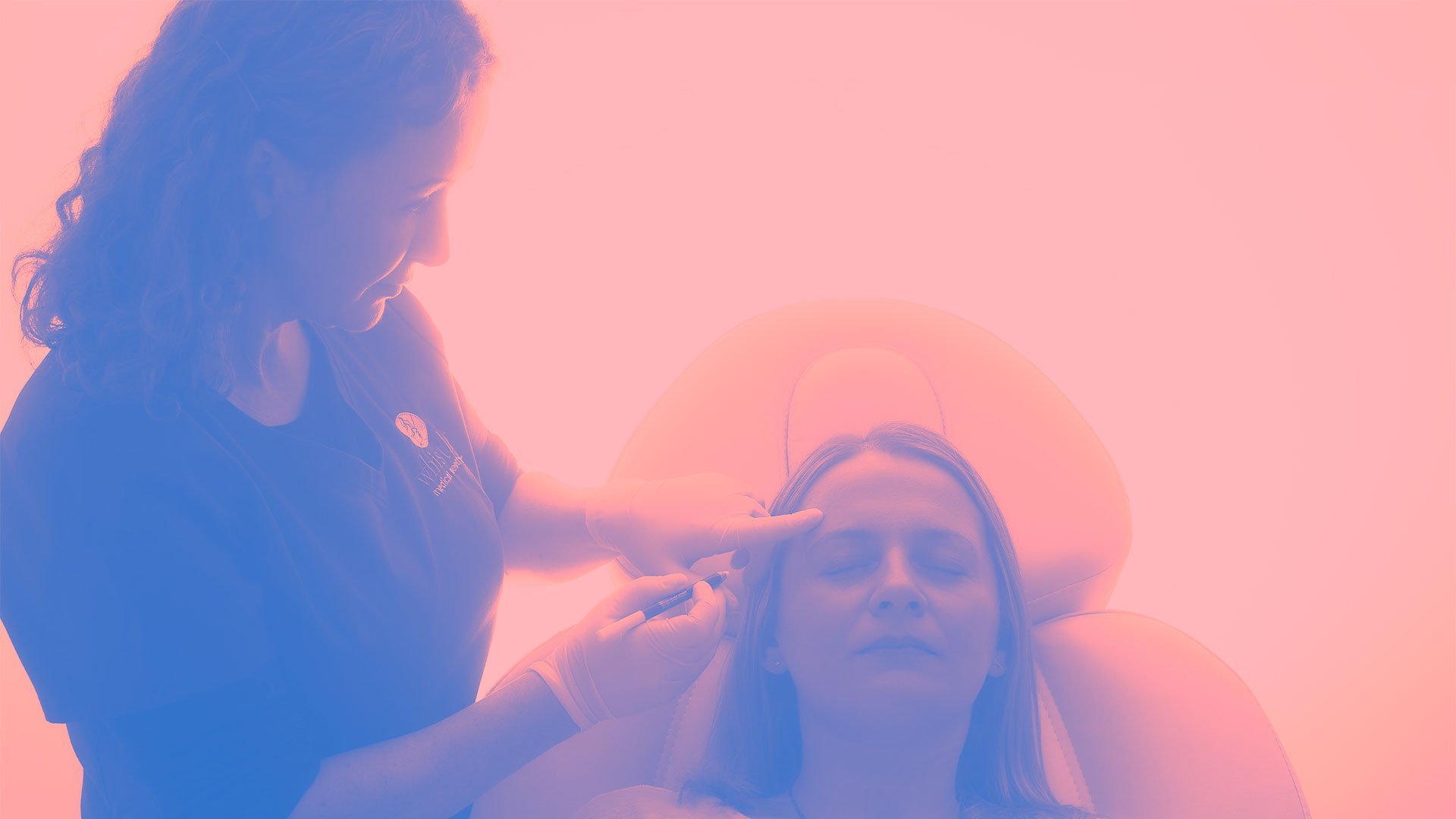The advertising industry has collectively had quite a journey in the past two years. Brands had to navigate between the COVID-19 pandemic and tech giants’ privacy algorithm updates and so much more.
It’s 2022, and to thrive and make this year more than just “2020 too”, we’ve identified channels and trends in the digital ad space that marketers should take note of.
Advertising Channels to Consider in 2022
When it comes to digital advertising, we advise against spreading yourself too thin across way too many channels. Think about their target audiences’ customer journey from awareness to after conversion holistically. What channels do they use the most? It may differ depending on their age, interests, locations…etc., but the importance is showing up for them at the right place at the right time, with the right messaging for their needs.
For an overview of some of the most popular programmatic advertising channels we offer, check out “How to Choose the Right Advertising Channel”.
Today, we’ll share some channels you should consider trying out in 2022.
TikTok
Did you know that in 2021, TikTok dethroned Google for the number 1 domain ranking?
It’s hard not to mention TikTok’s explosive growth since the pandemic. The video social app hit 1 billion users in 2021 and is still growing.
A US survey found that TikTok is the primary source of where 39% of Gen Z women learn about new products.
If your audience is Gen Z, we highly recommend considering this as a channel–especially if you’re already creating great visuals for Instagram stories, posts, or Facebook videos!
It would be a great way to drive brand awareness and engagement.
Voice Search
Whether it be Microsoft Bing or Google, there’s no doubt Paid Search is a core channel of your digital strategy. It’s effective in capturing people who are actively searching for a product or service.
As technology evolves, voice search has been rising in popularity over the past few years, whether it be on a smartphone, tablet, or a smart home device like (Amazon Echo, Google Nest), and also wearable tech, like Apple Watch.
Data shows that 65% of people aged 25-49 speak to their voice-enabled devices once a day, at minimum. 18-24-year-olds are the second largest age group to use voice search and are a big reason many households adopt the technology in the first place. The third age group is those aged 50 and above. It’s hands-free and convenient!
According to Neil Patel, Google suggests that 27% of all mobile searches are voice searches! In order to increase your online visibility through voice search, long-tailed keywords will be key.
Furthermore, it’s expected that 55% of households will own smart speaker devices in 2022.
People use these devices to search for answers; they also shop. Experts predict that in 2022, voice shopping will reach $40 billion across the US and UK. Voice search would be a must for brands that sell products on Amazon.
So, there’s no better time to get ahead of your competition by aligning your digital ad strategy with an increased focus on voice search!
Connected TV
Traditional TV has been seeing a steady decline.
In 2021, millions of households have cut the cord (meaning cable) and opted for internet-streaming-based video content powered by Connected TVs. This category encompasses Smart TVs, gaming consoles, and Over-The-Top connected devices such as Roku, Amazon Firestick, and Google Chromecast.
Almost all Americans aged 25-34 access television content through the internet. In fact, 90% of young people prefer this method over cable television.
Connected TV ads are engaging and more interactive than traditional TV commercials. For example, some allow you to click-through directly to your landing page, or you can serve up customized retargeting ads. You’re no longer stuck with paying a fortune for a certain channel’s time slot. Everyone knows you have to drop big bucks for ad spots on cable. But people PCR shows nowadays and skip over the ads anyways. So Connected TV ads are a new way to bypass traditional TV advertising media limits.
It offers different options such as home screen display, in-stream and pre-roll video ads. They all have great visibility – many of them are full-screen, which means guaranteed viewability (no more skipping)!
This means you could have your ads served at 1 AM to a couple that’s binge-watching a show. Timeslot allocation and big budgets are no longer an obstacle, making Connected TV an excellent channel for many brands to test out.
Audio
In 2021, advertisers had spent $1.3 billion on podcast ads in the United States alone. A whopping 38.7% Year-Over-Year increase!
The most popular audio platforms are:
- Spotify
- Pandora
- Amazon Music
- Apple Music
eMarketer also predicts that Amazon Music will outpace Pandora’s listener count by the end of 2022.
People listen to music and podcasts anywhere and everywhere. They may be on the go: commuting on the bus, driving (Apple CarPlay or Android Auto), jogging, or at home doing chores and meditating…etc. There is a podcast and playlist for absolutely everything.
Take a look at why Spotify can be a great channel to target people at any time and day granularly.
Like Connected TV mentioned above, there is a decline in traditional media advertising. Radio ad spots are competitive and pricey; plus, you’re locked into a specific day and time. What if your target demographic prefers streaming podcasts over the radio for their commute? You can’t even track if the ad had been listened to. That’s money down the drain.
Digital audio ads are great for granular targeting. You can choose the basics like user demographic and interests. But you can even target shows, artists, or mood (genre) to serve customized and relevant content.
Audio ads can blend in and become part of the listening experience; most of them aren’t skippable either.
Some audio ad formats also include a chance for you to serve a display ad to enhance your messaging. In fact, some ads, users can click through to your site right in the audio app of their choice.
The biggest advantage of audio is it enables brands to permeate into different touchpoints in the day with their audience. It’s a great channel to add to your strategy and capture people at different stages of their digital customer journey.
Currently, only 1 in 3 digital marketers are leveraging audio content like podcasts in their strategy. Over half of those running audio ads say it’s the most effective media format they use and plan to invest more this year.
About 25% of marketers plan to start with audio ads in 2022.
You probably should too.
To learn more, check out our Audio Advertising blog.
Video
Video is still the most popular media format for the masses. Research shows that people retain 95% of a video’s messaging compared to 10% when they’re reading text. Video ads can drive conversions and visually engage audiences. When it comes to video advertising, the top channels are:
- Youtube
- TikTok
These 4 channels also align with Hubspots’s most recommended social platforms for this year:

Honorable mentions include TikTok and Snapchat, which are quickly growing in popularity.
Hubspot’s survey revealed that in 2022, 1 out of 3 digital marketers plan to leverage video as a channel for the first time. They also pointed out that short-form video content would be the most popular type used by marketers this year. They shared some facts about short-form video:

Why short-form? The average attention span of a person is 8 seconds. So a 6, 10, or 15-second video would make the most lasting impression.
Plus, it takes less time to produce and can capture one’s attention by delivering your message in a quick and snappy manner. That’s why formats like Instagram stories, TikTok, Snapchat have continuously been popular channels.
It’s a medium that both B2C and B2B industries can leverage in their digital marketing strategy.
Photo by Mike Tyler on War Room Inc
2022 Digital Marketing Trends to Consider
A Focus on Health, Wellness & Social Responsibility
In this emotionally-charged video, Google summarized the year 2021 in current events, social issues, and search terms. The pandemic has been going almost two years strong, but we as human beings have been resilient and are on the path of healing.
People are looking for brand operations that align with their values more than ever. This could mean promoting inclusivity, climate responsibility, or supporting a community. This isn’t just to feel good. By demonstrating social responsibility, it can:
- Improve morale amongst employees
- Gain trust and credibility
- Attract new customers
- Increase brand exposure
We know that more exposure means new opportunities.
Hubspot states that consumers are paying more attention to how companies treat customers, audiences, employees, and the world around them.
A study conducted in March of 2021 revealed that almost 6 out of 10 consumers say that brand activism has impacted their purchase decision and their impression of a brand.
If your brand hasn’t already, choose something to stand for and make it your mission!
PS. Let us self-insert here and introduce Kedet Kares, our in-house donation matching program.
Don’t Underestimate Buying Power of Gamers
In 2021, an estimated 2.9 billion people around the world played video games. Gaming is no longer a subculture; it’s mainstream. The industry is looking to surpass $200 billion in 2023. Even luxury designer Louis Vuitton is appealing to this ever-growing market!
Gamers are diverse: about 46% are female, and 10% of gamers identify as LGBTQ+.
Not only are gamers diverse, but they are also purchase influencers:

About two-thirds of mobile games influence purchasing decisions of their family, friends, and colleagues. Compared to non-gamers, they are 23% more likely to have this influence!
Here are some ad channels to consider to effectively reach this demographic:
- Mobile in-app
- Twitch
- Youtube
For more context, take a look at: “Why Marketers Should Target Gamers”.
Changes to Audience Targeting
Facebook has always been a favorite channel for advertisers as it offers us to create highly personalized ads.
In 2021, Facebook’s parent company rebranded to Meta. Meta had previously promised to remove specific targeting options that brands may have unfortunately used to discriminate against people.
Facebook will be removing specific targeting parameters from its ad offerings. Including sexual orientation, political affiliation, race & ethnicity, etc. To learn about the details of the changes, see: “How Facebook’s Audience Targeting Update will Impact Your Ads”.
Despite this update, Facebook still has the most significant Return on Investment out of all the social ad platforms. 1 in 4 social media advertisers says they will still invest more in it than any other channel in 2022.
Staying Flexible Amidst Privacy Changes
People are increasingly concerned with their data security and online safety. Go Verizon recently conducted a survey and here are some of the sentiments of people in the US:
- 81% of people are more concerned about their privacy on social media compared to last year
- 53% of social media users create unique passwords for each account they own
- 69% of people have deleted or considered deleting a social media account due to recent data breaches on various social media platforms
Take a deeper look at their survey insights in this infographic:

Aside from data security social media platforms being a concern, so are browsers and even smartphones. Google planned to stop supporting third-party cookies in Chrome by 2022. They then delayed it until 2023. So the good news is you still have a year.
In 2021, Apple implemented a change to iOS 14 where users can opt out of being tracked by ads and apps. This impacted Facebook ads for a bit, which is why people are still figuring out “How iOS 14’s Update Will Impact Your Facebook Ads”.
Here at War Room, we’re trying to stay ahead of the curve by working with our clients in building strategies to collect first-party data, so this change to a cookieless, privacy-focused future won’t even impact their ad strategy.
There you have it! Channels and trends we’re forecasting that will help give brands a leg up with the competition in 2022.
We hope you kick some butt and have a prosperous year ahead.
Subscribe to our newsletter to stay updated with digital advertising tips and trends!
Better Return on Ad Spend (ROAS) Starts Here
Curious about trying out new advertising channel(s) in 2022?
Let our experts custom-build a strategy for your brand’s objectives











